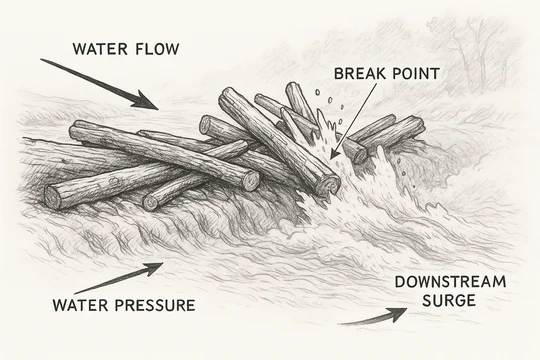
Two opinions in the past week have come to differing conclusions as to whether the recitation of claim elements in a complaint is sufficient to state a plausible allegation of infringement.
Recitation of Claim Elements Helpful
In the first, Dynamic Data Technologies, LLC v. Brightcove Inc., No. 19-1190-CFC (D. Del. July 20, 2020), the Court denied a 12(b)(6) motion to dismiss an allegation of direct infringement, stating that it was sufficient to:
identif[y] products accused of infringing each of the asserted patents, identif[y] at least one claim of each asserted patent that the accused products infringe, and describe[] how those products infringe the identified claim.
To show "how" the products infringement the claim, the Court approved a general description of the function of the claim, plus an allegation that each claim element is present as sufficient to show plausible infringement.
First, the Court cited the general description of the products:
Count I identifies [products and asserts infringement, and] goes on to describe how those products infringe claim 1: The accused products "enable motion estimation with a relatively fast convergence in finding the appropriate motion vectors of the motion vector fields by adding a further candidate motion vector to the set of candidate motion vectors." D .I. 1 ¶ 151.
Here is the corresponding language in the patent:
It is an object of the invention to provide a motion estimation unit of the kind described in the opening paragraph which has a relative fast convergence in finding the appropriate motion vectors of the motion vector fields.
The Court also cited several additional paragraphs of the complaint:
Count I also alleges that the accused products "include a motion estimation unit comprising" several elements recited in claim 1. D.I. 1 ¶¶ 152-56.
These paragraphs mirror the claim language. For example, compare the paragraph in the complaint:
152. One or more of the [accused] Products include a motion estimation unit comprising a generating unit for generating a set of candidate motion vectors for the group of pixels, with the candidate motion vectors being extracted from a set of previously estimated motion vectors.
with the claim language of the asserted patent:
a generating unit for generating a set of candidate motion vectors for the group of pixels, with the candidate motion vectors being extracted from a set of previously estimated motion vectors;
The Court found sufficient these two allegations (the general description and the recitation of the claim elements), and denied the motion.
The full opinion was covered by Greg Williams on his blog, if you're interested.
Recitation of Claim Elements NOT Helpful
In the second case, however, the Court granted a 12(b)(6) motion to dismiss an allegation of direct infringement, and rejected plaintiff's reliance on paragraphs that mirror the claim language:
Uniloc’s allegation parrots the language of the claim without any factual support. . . . Again, Uniloc’s allegation repeats the claim language without explaining how Gusto’s product infringes.
The Court held that even coupled with a claim chart showing some comparisons with the accused product, such language is insufficient to plausibly allege infringement under Iqbal and Twombly:
Here, the amended complaint parrots the language of claim 1 . . . , and the incorporated claim charts do not plausibly demonstrate how Gusto infringes the ‘293 patent. . . . Therefore, I recommend that the court grant Gusto’s motion to dismiss [the] claim of direct infringement . . . .
Uniloc 2017 LLC v. ZenPayroll, Inc., No. 19-1075-SRF (D. Del. July 23, 2020).
All told, these cases help show why patent holders sometimes omit detailed factual recitations in their pleadings. Even where more was required to show plausibility, the Court granted leave to amend.
If you enjoyed this post, consider subscribing to receive free e-mail updates about new posts.






